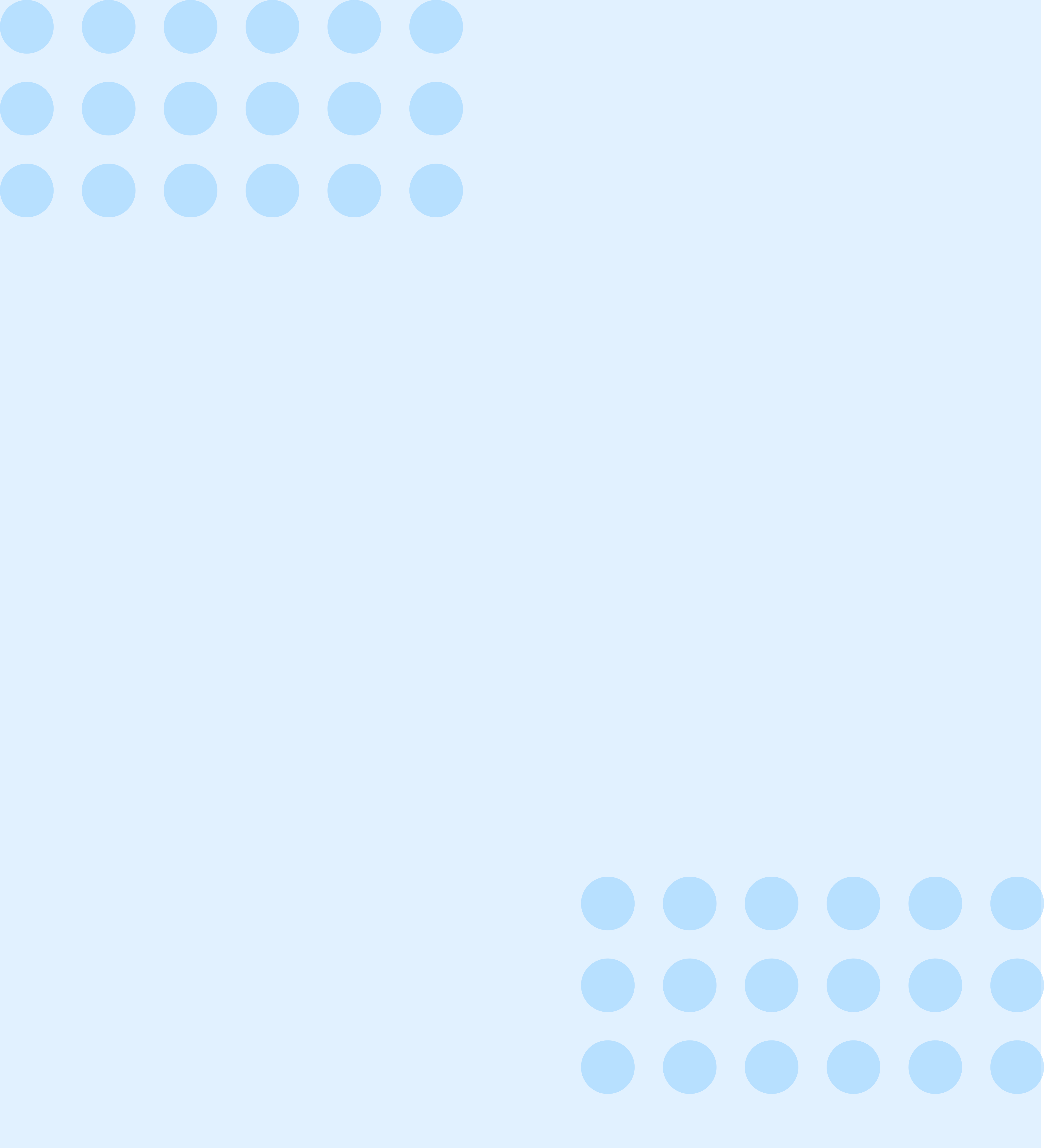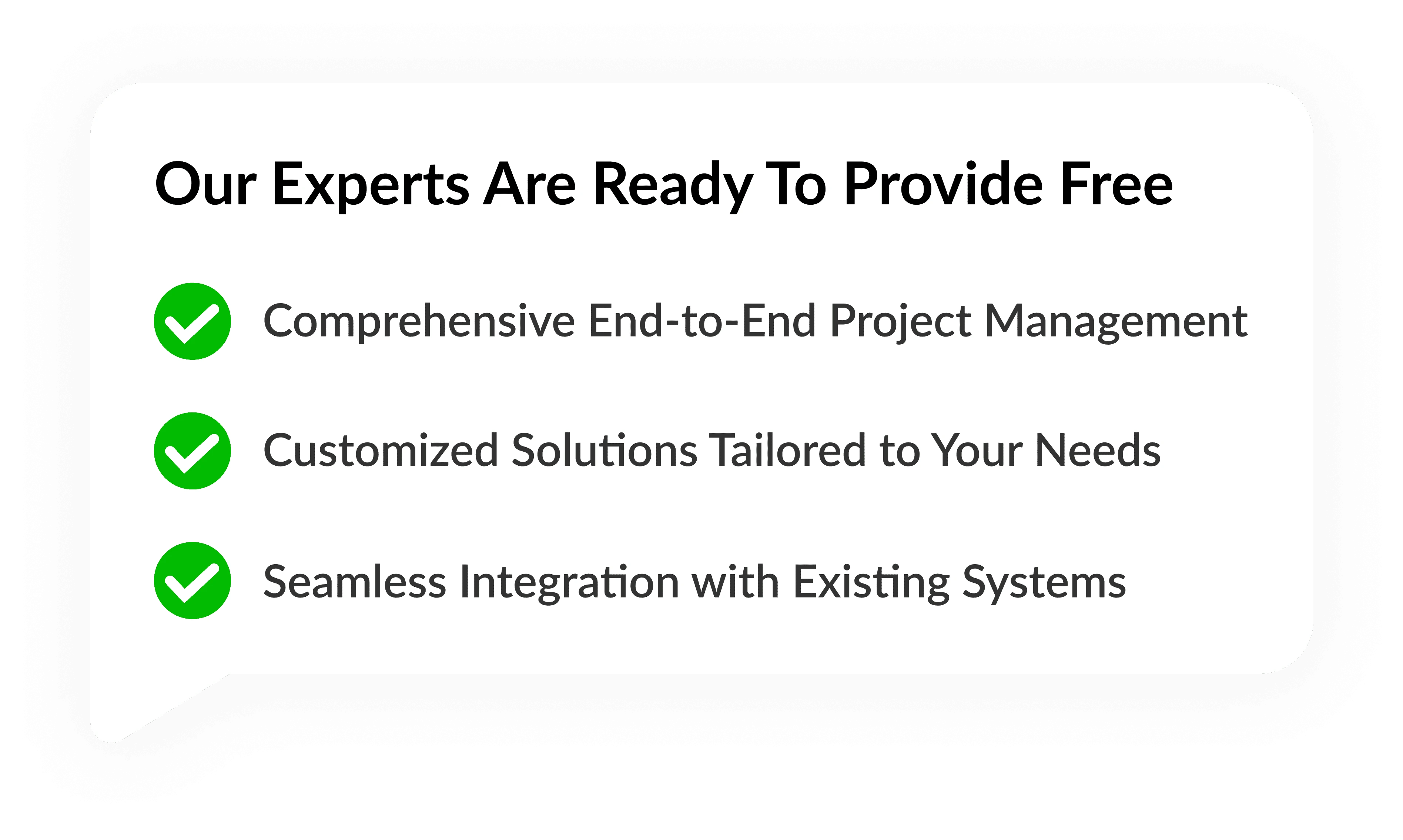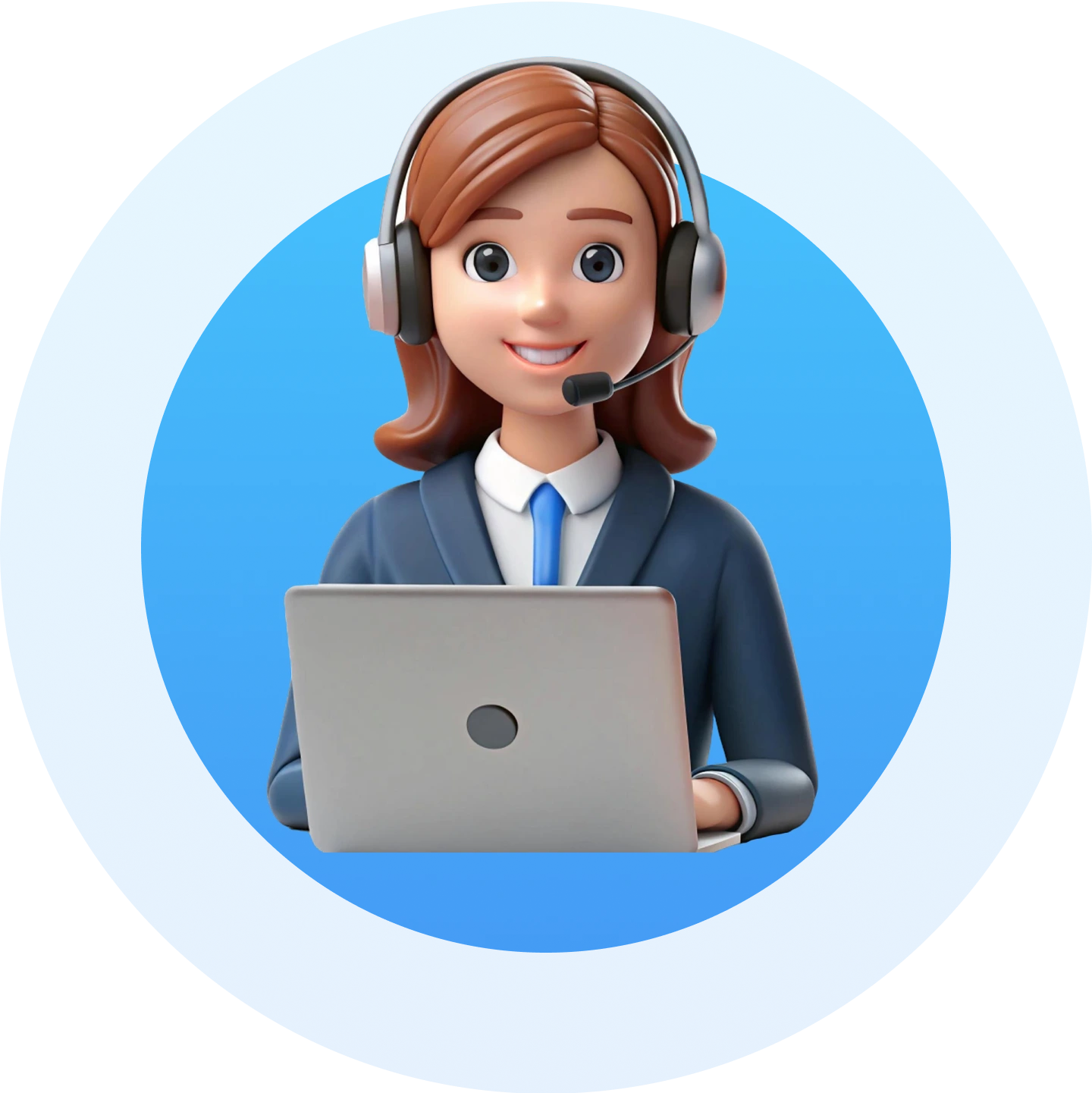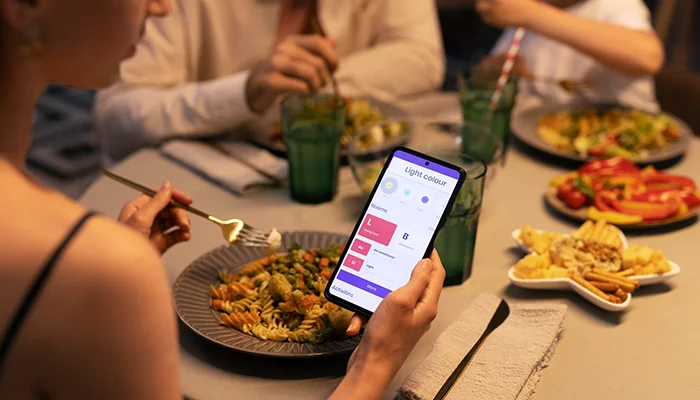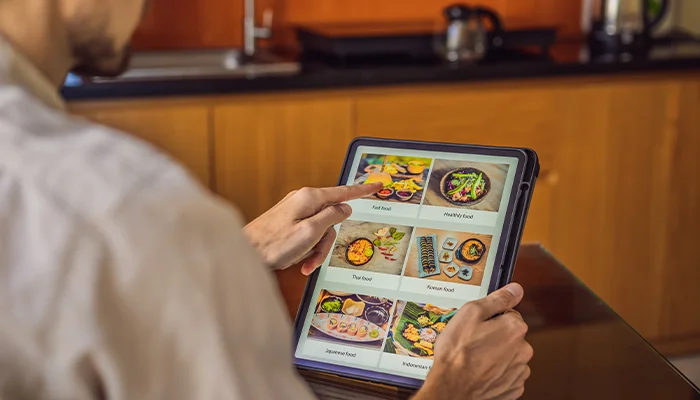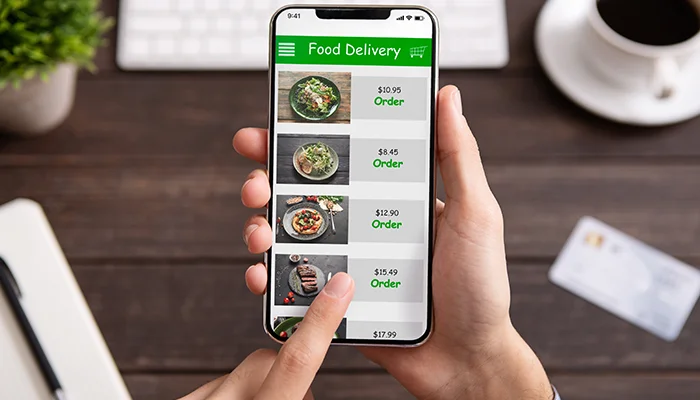
How To Develop Food Delivery App Like Seamless: Features, Cost, and Strategy
July 07
11:40 AM
July 07
11:40 AM
In the digital age, food delivery has become more than just a convenience—it’s a lifestyle. Apps like Seamless have changed the way people order food by offering a fast, user-friendly, and efficient way to connect restaurants with hungry customers. With this growing trend, businesses and entrepreneurs are increasingly interested in food delivery app development to meet demand and grow their brands. If you're wondering how to develop a food delivery app like Seamless, this guide covers everything you need to know: essential features, development strategies, and the estimated cost to get started.
What Is Seamless and Why Is It So Popular?
Seamless is a food delivery platform that allows users to browse menus, place orders, and get food delivered from nearby restaurants. It gained popularity for its intuitive user interface, reliable delivery services, and wide network of partner restaurants. The app’s ability to provide a seamless food ordering experience has made it a go-to choice for many users in the U.S. For anyone looking to develop a food delivery app, studying Seamless offers valuable insights into what works and what today’s users expect.
Why Invest in Food Delivery App Development?
The demand for food delivery continues to rise across cities and small towns alike. With busier lifestyles and increasing smartphone usage, more people prefer ordering meals from apps instead of dining out or cooking. This makes online food delivery app development a smart business move.
Here’s why you should consider it:
Consistent Growth: The food delivery industry is expanding every year, offering long-term profit potential.
Flexible Revenue Models: You can earn through delivery charges, subscriptions, commissions from restaurants, and in-app ads.
Wide Reach: A mobile app can help you serve customers beyond your local area, even reaching neighboring cities or states.
User Convenience: Customers prefer apps that offer comfort, speed, and personalized experiences—all of which a well-built food delivery app provides.
If you want to build a food delivery app that competes with major players, now is a great time to start.
Key Features of a Food Delivery App Like Seamless
To succeed in Seamless app development, you need to focus on building a feature-rich platform that caters to users, delivery personnel, and restaurant partners. Here are the core features that your app must include:
1. User Registration and Profile Management: Allow users to create accounts using email, phone numbers, or social media. Profiles help users manage their addresses, payment methods, and order history.
2. Restaurant Listings and Menus: The app should allow restaurants to showcase their menus with categories, images, and prices. Users must be able to browse, filter, and sort restaurants based on cuisine, ratings, or distance.
3. Real-Time Order Tracking: A major advantage of food delivery apps is the ability to track orders in real time. Users expect to know when the restaurant accepts the order, when it’s out for delivery, and how far the driver is.
4. Multiple Payment Options: Offer a variety of payment methods, such as credit/debit cards, wallets, net banking, and cash on delivery. This builds trust and flexibility for users.
5. Reviews and Ratings: Allow users to rate restaurants and delivery agents based on their experience. This helps maintain service quality and builds transparency.
6. Push Notifications: Keep users updated about their order status, new offers, or discount coupons through timely notifications.
7. Customer Support and Help Center: Integrate chat, call, or email support options so that users can get help when needed.
8. Admin Dashboard: A backend dashboard for administrators is essential to manage users, restaurants, orders, payments, and reports.
Step-by-Step Guide: How to Make a Food Delivery App
Step 1: Conduct Market Research
Before you create a food delivery
app, study your target market. Understand user preferences, peak ordering times, popular
cuisines, and delivery challenges in your area. Also, review competitors, including
Seamless, Uber Eats, and DoorDash, to learn what makes them stand out.
Step 2: Define the Business Model
Decide how your app will earn
money. Some popular models include:
Commission-Based: You charge restaurants a fee for every order.
Delivery Charges: Customers pay a small delivery fee per order.
Subscription Plans: Offer premium membership with benefits like free delivery or exclusive deals.
Ad Revenue: Restaurants can pay to promote their listings in the app.
This step is critical when you develop a food delivery app because your business model shapes your app’s structure and goals.
Step 3: Choose the Right Tech Stack
The tech stack determines how
your app will perform, scale, and evolve. Here’s a general recommendation:
Frontend (User Interface): React Native or Flutter for cross-platform development
Backend: Node.js, Python, or Ruby on Rails
Database: PostgreSQL, MongoDB
APIs: Google Maps for location services, Stripe/PayPal for payments, Twilio for notifications
A well-structured tech stack ensures a smooth, fast, and secure food delivery app development process.
Step 4: Design the UI/UX
Your app must be visually appealing and
easy to navigate. A clean design with intuitive navigation, clear icons, and readable
fonts can improve user experience and reduce bounce rates.
Step 5: Start Development
Begin by building a Minimum Viable
Product (MVP)—a basic version of the app with core features. This allows you to
launch quickly, test with real users, and gather feedback before scaling up.
Use agile development methods to build and test the app in sprints, allowing flexibility to adapt as you learn more from users.
Step 6: Testing and Launch
Once development is complete, test the
app thoroughly across multiple devices and operating systems. Check for bugs,
performance issues, and user flow problems. After quality assurance, you can publish the
app on platforms like Google Play and the App Store.
How Much Does It Cost to Develop a Food Delivery App Like Seamless?
Basic App (Single platform with MVP features): $25,000 – $40,000
Mid-Level App (Both platforms with extended features): $50,000 – $80,000
Advanced App (Full functionality, scalability, real-time tracking, analytics): $100,000+
Final Thoughts
Creating a food delivery app like Seamless is more than just building a digital product—it’s about delivering convenience, speed, and reliability to users. Whether you're an entrepreneur, a restaurant owner, or a startup founder, the food delivery space offers massive potential for growth when executed with the right features and technology. At PerfectionGeeks Technologies, we specialize in food delivery app development that’s scalable, secure, and user-friendly. From concept to launch, our expert team helps businesses develop food delivery apps with custom features, real-time tracking, payment integration, and intuitive UI/UX. If you're looking to create a food delivery app that competes with the best, we’re here to turn your vision into a market-ready product.
